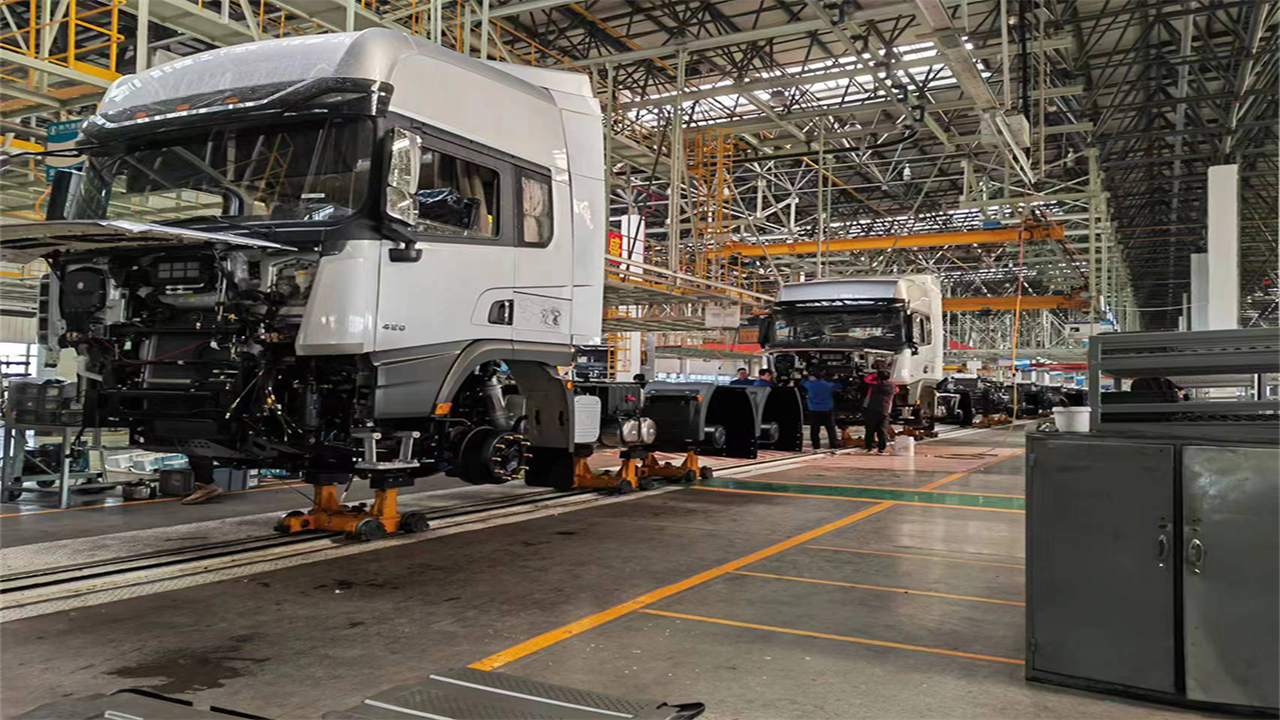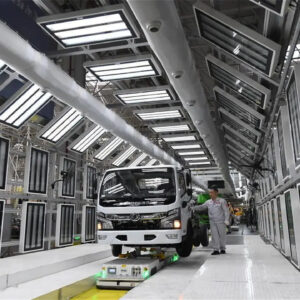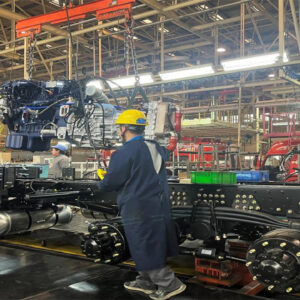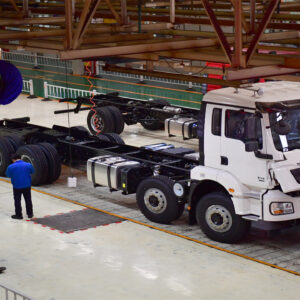Light Truck Assembly Line: Balancing cost and efficiency in the optimization process
Balancing cost and efficiency involves lean manufacturing to reduce waste, investing in automation for long-term gains, enhancing quality to minimize rework, optimizing supply chains for cost savings, and managing energy use. Data analysis helps identify inefficiencies, while flexible workforce management adapts to production needs. Collaborating with customers ensures value-driven production, and a culture of continuous improvement drives ongoing efficiency and cost reductions.
Description
Light Truck Assembly Lines/Production Lines are Suitable to Assemble/Produce trucks.

Balancing cost and efficiency in the optimization process is challenging but can be achieved through the following strategies:
1. **Lean Manufacturing**: Adopt lean manufacturing principles to reduce waste and improve process efficiency while lowering costs.
2. **Value Engineering**: Identify and eliminate costs that do not add value to the customer, ensuring that every expense enhances the product or service value.
3. **Process Reengineering**: Redesign processes to increase efficiency while examining whether costs can be reduced by eliminating steps or simplifying operations.
4. **Automation and Technological Innovation**: Invest in automation and technological innovation to reduce labor costs and improve production efficiency in the long term, despite potentially higher initial investments.
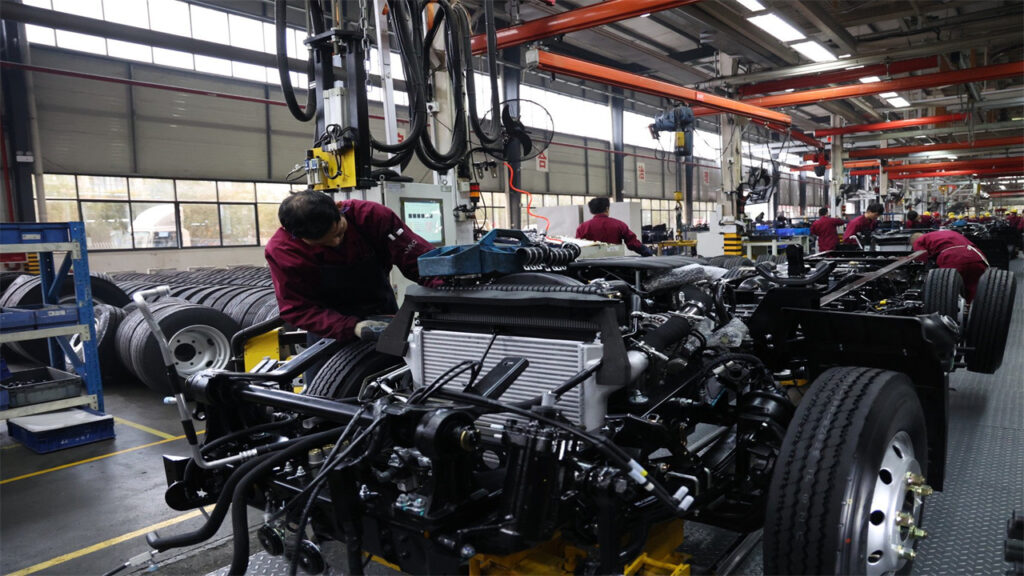
5. **Quality Control**: Improve product quality to reduce rework and scrap, lowering long-term costs while maintaining efficiency.
6. **Supply Chain Management**: Optimize the supply chain to reduce inventory costs and logistics expenses while ensuring timely supply of raw materials and components to maintain production efficiency.
7. **Energy Management**: Reduce energy consumption through energy-saving technologies and measures, lowering energy costs and reducing environmental impact.
8. **Data Analysis**: Use data analysis to identify bottlenecks in cost and efficiency, enabling more precise balancing through data-driven decisions.
9. **Flexible Workforce Management**: Manage the workforce flexibly, such as hiring on-demand and training multi-skilled employees, to adapt to production fluctuations and reduce labor costs.
10. **Customer Collaboration**: Collaborate with customers to understand their needs and expectations, which can help tailor products and services to reduce costs without sacrificing quality.
11. **Culture of Continuous Improvement**: Establish a culture of continuous improvement, encouraging employees to constantly seek ways to increase efficiency and reduce costs.
By employing these methods, businesses can achieve the best balance between cost and efficiency without compromising product quality and customer satisfaction.
